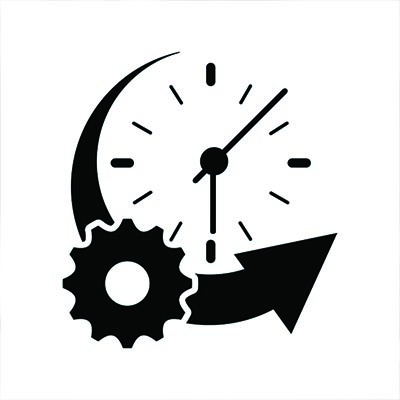Whatever the marketers say, the fact is that business technology solutions aren’t meant to last forever, and at some point you’ll have to deal with it. Perhaps some of your systems aren’t as fast or efficient as they were at first, or there are features available that you don’t seem to have. If so, it’s time to modernize and implement some upgrades.
Upgrades Can’t be Postponed Forever
It’s annoying, for sure. It may seem like you just installed some exciting new system and now it’s giving you a hard time. I get it. It’s frustrating. Even we IT professionals don’t like having to manage and tweak our own technology any more than we have to. But it’s the way things are. Technology needs maintenance, and the more thoughtful, the easier it will be going forward.
It’s not all doom and gloom. Some business technology solutions last a long time. Some others – not so much. The trick is to know your options and get the ones that are a best fit for your business needs. So let’s take a look at how you do that.
Which Upgrade Should You Do Next?
You need a plan for your business technology upgrade. Your strategy will depend on various factors, including how your business functions, and its priority operations. The way to go is to have a unifying principle guiding your update plan. Otherwise you risk disorganization, or even failure. Here are three important principles to consider.
1. Simplified Design
The design of IT systems has changed with time. Older systems were often a mixture of different technologies, all bundled up together. They were designed in a modular way, rather than all the components being integrated. The advantage of integrated systems is efficiency, smooth running and speed.Newer systems are different because they are usually built using standardized languages and components. That means they can be leveraged to use application programming interfaces (APIs). What these do, in simple terms, is to get all the different IT system elements to play nicely together. Moderns systems can also take advantage of new developments in computing, such as artificial intelligence (AI) and machine learning. The benefits here are that it makes the user’s experience easier. Tasks can be accomplished faster, technology ‘learns’ how people habitually work to make work easier, and overall productivity is boosted.
2. Prioritizing User Benefits and Value
Following on from the point above: the big bonus of any new or modernized IT system is that it benefits the people who actually spend time using it. Any upgrade should take into account the skills and capability of your workforce with the business technology system you have already. Does it allow you to deliver top level value to your clients as things are currently?If your systems are older, the chances are that the answer to that question is ‘no’. One reason for this is that automation has given a huge boost to businesses, so that your staff have to complete fewer tasks. Less hassle means more productivity. The advantage of new IT solutions is that they deliver value to users, which they can translate into benefits for your business.
3. Company Culture Compliance
Every company has its own internal culture. Your business technology upgrade strategy should take that into account. If you’re thinking of making major changes, that will require staff to relearn parts of their job, you should be cautious. Are your employees prepared to incorporate these planned changes? The first step is to communicate clearly what you’re planning to do.
Employees who are open to changes of this kind can be helpful as a source of information. They may be able to give you insights into concerns that management isn’t yet aware of. Your company culture might not be quite what you think. Talking to staff is the way to make sure your understanding is correct and that your technical upgrade is practical for everyone, in all dimensions.
Making it All Happen
For your business technology upgrade, reach out to Quikteks Tech Support. We can help you identify your most crucial technology needs and the solutions for them. To learn more, give us a call at (973) 882-4644.

